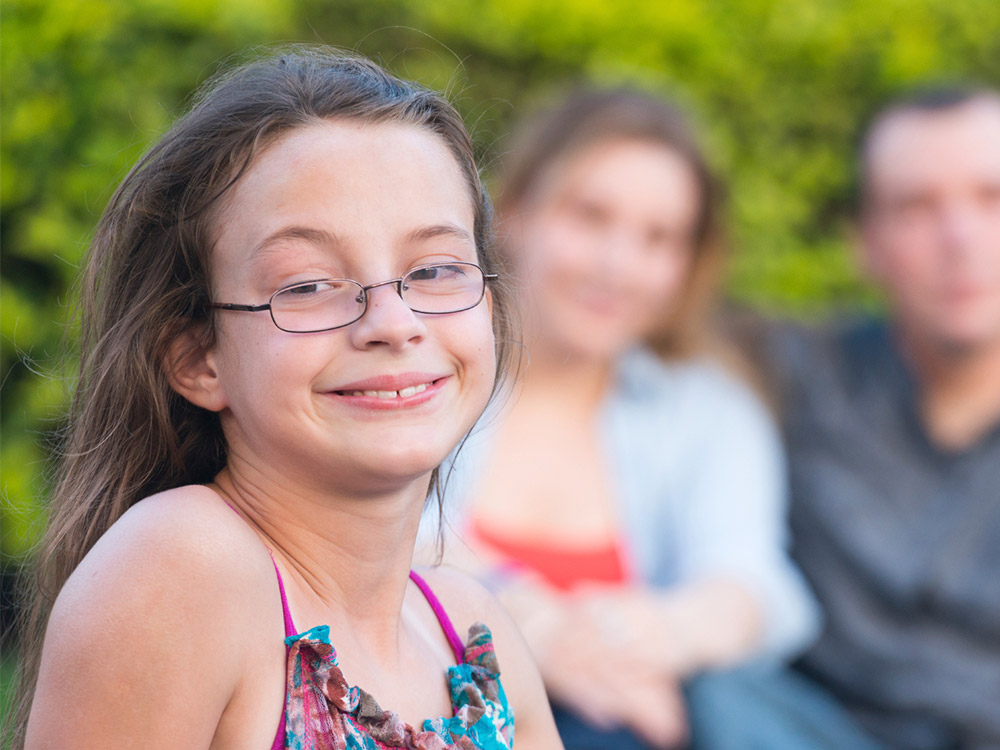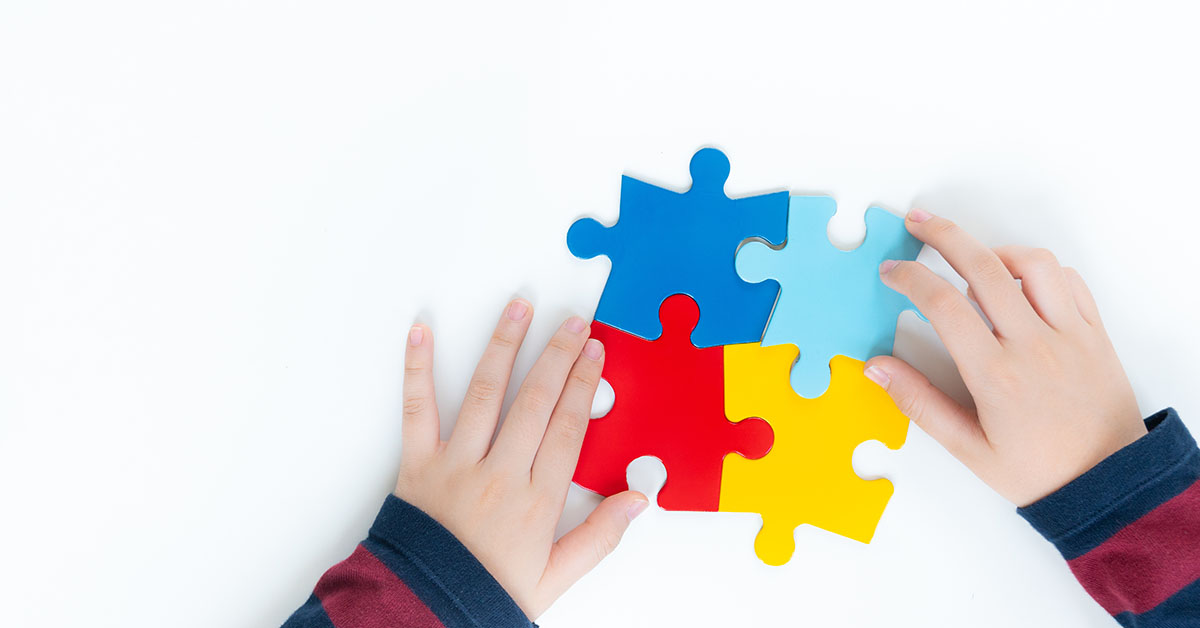Ingenious Treatments and Treatments: Advances in Autism Study
Ingenious Treatments and Treatments: Advances in Autism Study
Blog Article
Understanding Autism: A Comprehensive Guide to Signs and Signs And Symptoms
Autism Range Problem (ASD) includes a vast variety of characteristics that can substantially impact a person's social communications and everyday functioning. Comprehending these nuances not just help caretakers and educators in supplying appropriate support but likewise fosters an extra inclusive atmosphere for individuals with ASD.
Overview of Autism Spectrum Condition
Specifying Autism Spectrum Disorder (ASD) includes recognizing it as an intricate neurodevelopmental problem characterized by a series of obstacles in social interaction, interaction, and behavioral patterns. The term "range" reflects the large irregularity in signs and their intensity, which can vary substantially from one person to another. ASD typically shows up in very early childhood years, although some people may not get a diagnosis up until later on in life.
Factors influencing the growth of ASD include genetic predispositions and ecological factors, although the specific causes continue to be under examination. Diagnosis frequently relies upon behavioral analyses, as there are no definitive clinical examinations for ASD. Early treatment is vital and can dramatically improve end results, concentrating on improving interaction abilities, social communications, and adaptive habits.
People with ASD may additionally exhibit distinct staminas, such as extraordinary attention to detail or specific locations of expertise. Understanding the multifaceted nature of ASD is vital for promoting an inclusive atmosphere that accommodates neurodiversity. Continued study is vital for establishing efficient treatments and support systems, making it possible for people with ASD to thrive and meet their prospective within culture.
Typical Signs of Autism
Acknowledging the common indications of Autism Spectrum Problem (ASD) is crucial for early recognition and intervention. These signs can differ extensively in extent and discussion, yet specific characteristics are regularly observed in people with ASD.
One of one of the most common indications is a significant problem in developing and preserving eye call. People might also show limited passion in social interactions and reveal a choice for singular play. Repetitive habits, such as hand-flapping, shaking, or spinning objects, frequently arise early in childhood. In addition, some kids might develop strict regimens and come to be troubled if these routines are interrupted.
Sensory level of sensitivities are likewise common; individuals might underreact or overreact to sensory stimulations, such as lights, appearances, or sounds. autism. Language development can be irregular, with some kids showing delayed speech or using language in uncommon means, including echolalia-- duplicating expressions or sentences listened to in other places
It is important to note that not every person with ASD will show all these indicators, and the degree of these habits can vary considerably. Early acknowledgment enables for timely assistance and sources, enhancing the high quality of life for those on the range.
Social Interaction Difficulties
Social interaction difficulties are a characteristic of Autism Range Condition (ASD), influencing an individual's capability to engage properly with others. These problems can manifest in various means, including challenges in launching and maintaining discussions, comprehending social cues, and responding suitably in social communications.
People with ASD might battle with nonverbal communication, such as eye contact, face expressions, and body movement. This can result in misconceptions, as their communicative intent might not be appropriately interpreted by others. In addition, they might discover it challenging to realize the nuances of tone and context, which are essential for effective interaction.
In team setups, individuals with ASD might really feel overwhelmed and might not understand just how to sign up with in discussions (autism). They might additionally display irregular conversational patterns, such as monologuing about details rate of interests without identifying social reciprocity
Furthermore, these difficulties can lead to social seclusion or difficulties in developing relationships, as peers might misunderstand their habits or communication design. Recognizing these social interaction difficulties is vital for fostering helpful settings that promote social abilities development and improve the quality of interactions for people on the autism range.
Sensory Reactions and level of sensitivities
Many individuals with Autism Spectrum Disorder (ASD) experience heightened sensory level of sensitivities that can considerably impact their everyday lives. These sensitivities might manifest as over-responsiveness or under-responsiveness to sensory stimulations, consisting of audios, lights, structures, preferences, and scents. As an example, an individual with ASD may locate everyday sounds, such as a vacuum or crowded atmospheres, overwhelmingly traumatic, look at this now resulting in anxiousness or crises. On the other hand, some might show an indifference to pain or severe temperatures, which can posture safety worries.
Sensory handling differences in individuals with ASD can also affect their capability to involve in regular activities and social interactions. For instance, a kid that is sensitive to touch may withstand physical affection or avoid particular clothing materials. A choice for specific structures or tastes can restrict nutritional options and create challenges during mealtimes.
Understanding these sensory level of sensitivities is vital for acknowledging the special experiences of individuals with ASD. Recognition of their sensory accounts can promote better interaction and assistance techniques, creating an atmosphere that suits their requirements and enhances their top quality of life. Inevitably, acknowledging sensory sensitivities is an essential component of understanding the wider range of autism.

Supporting People With Autism
Effective assistance for individuals with Autism Range Condition (ASD) is critical for improving their total health and cultivating independence. Assistance techniques need to be tailored to satisfy the distinct needs of each person, considering their difficulties and staminas.

Social skills training can additionally play a critical duty. autism. Involving people in team activities or role-playing circumstances can boost their capacity to browse social interactions. Furthermore, it is vital to educate relative, caregivers, and peers regarding ASD to foster a inclusive and encouraging community
Verdict
To conclude, a thorough understanding of Autism Range Disorder is important for recognizing its signs and indicators. Early recognition of typical characteristics, such as social communication obstacles and sensory sensitivities, enables instructors and caregivers to carry out efficient interventions. By promoting enhanced communication and social skills, people with autism can navigate their environments more successfully. Ultimately, increased understanding and assistance can significantly enhance the lifestyle for those affected by ASD.
Autism Range Problem (ASD) includes a broad array of qualities that can considerably affect a person's social communications and everyday performance.People with ASD might battle with nonverbal communication, such as eye get in touch with, face expressions, and body language.Many individuals with Autism Spectrum Problem (ASD) experience heightened sensory sensitivities that can substantially impact their everyday lives.Sensory processing distinctions site in people with ASD can also impact their capability to involve in social communications and routine activities.Understanding these sensory sensitivities is crucial for identifying the unique experiences of people with ASD.
Report this page